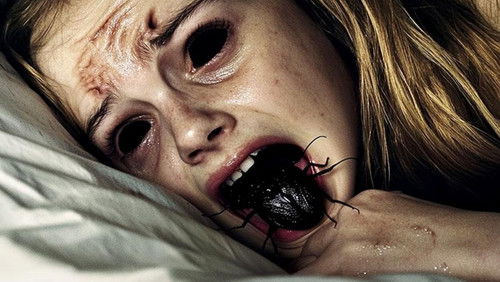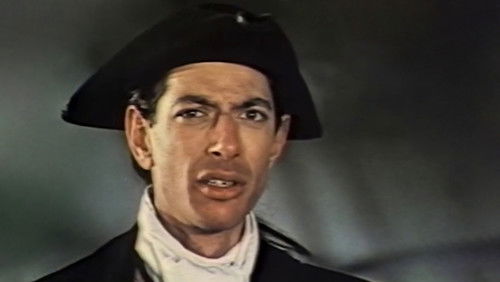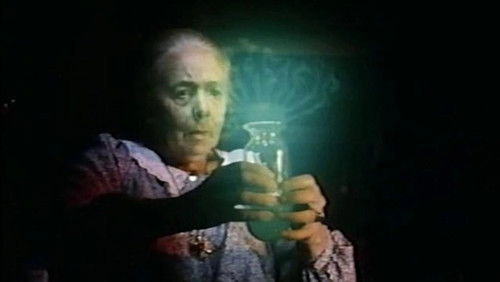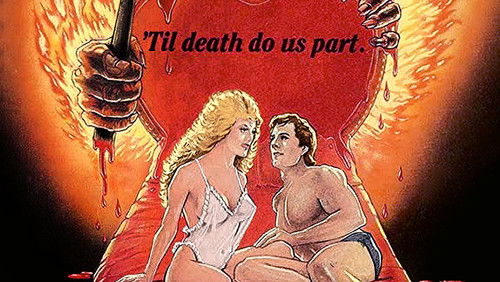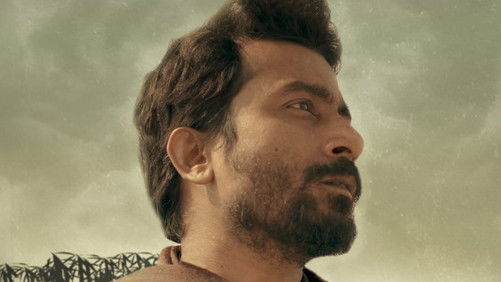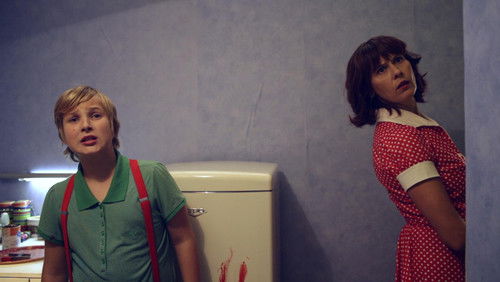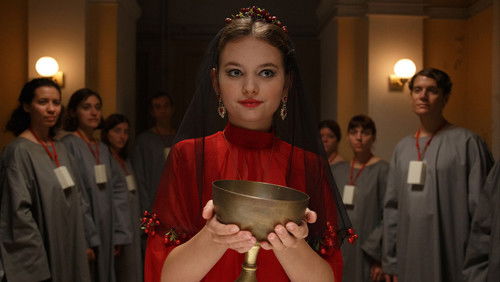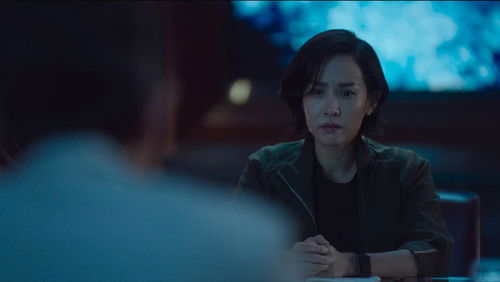Dogura magura – Abrakadabra (1988)
24KDogura magura – Abrakadabra: Directed by Toshio Matsumoto. With Yôji Matsuda, Shijaku Katsura, Hideo Murota, Eri Misawa. A young man kills his bride on the day of his marriage and goes insane. He wakes up in an asylum with no memory, left in the hands of two mysterious doctors who relate his condition with his biological identity.
“A man is confined to a mental institution after trying to murder his fiancée. Two doctors relate his problem to an Asian philosophy that states that mental defects are transmitted from generation to generation. He learns that one of his distant ancestors murdered his wife as a way of demonstrating a point to his lord about the importance of love over the emptiness of lust and to drive home the point further, created a series of illustrations of the dead woman decaying which in turn trigger the memories of his distant descendant. But is the whole thing merely a game concocted by the two doctors, who may even have driven themselves mad in the process? u003cbr/u003eu003cbr/u003eThe first half of the film is stunning. It relates an experience to a character who doesnu0026#39;t remember/know it. Weu0026#39;re given mystery that haunts and unanswered questions, mentions to u0026quot;the incidentu0026quot; and u0026quot;the man who gave you the scrollu0026quot;, and the movie toys with u0026quot;how much of this is real and how much of it made up or imagined or hallucinated?u0026quot; questions. That the protagonist is an amnesiac who therefore can neither confirm nor deny anything makes us a carte blanche on which Toshio Matsumoto writes a mystery then constantly rewrites it, he goes back and erases details or changes them or adds new ones. Dr. Masaki died a month ago but then he shows up and weu0026#39;re told it was all a clever ploy of his rival doctor, Dr. Wakabayashi. Then Dr. Wakabayashi disappears and Dr. Masaki tells us that heu0026#39;s the fiend, the bad guy, the man behind the curtain.u003cbr/u003eu003cbr/u003eBut the movie can be very talky when it showed us it can also be visually amazing, and thereu0026#39;s a lot of theorizing and psychological mumbo jumbo that go nowhere because none of it helps the Dogura Magura that is about an insane young man viewing the world as though on a fractured mirror. A big part of the movie is like a game weu0026#39;re invited to observe without knowing the rules or like a jigsaw puzzle where the pieces are given to us one at a time. As such, the mystery is not for us to solve but rather watch it play out. To the extent that a mentally unstable protagonist who canu0026#39;t remember his past finds himself a pawn in the hands of his doctors the movie reminds me of a Shutter Island that is not a pastiche of 50u0026#39;s potboilers.u003cbr/u003eu003cbr/u003eBut itu0026#39;s also a movie made by one of the most fiercely creative voices in Japanese cinema. Toshio Matsumoto made only three feature films but all of them are very different to each other and original in their own ways. In the end, the movie explodes into a frenzy of fiery red colors and papers swirling in the air and we get a Dadaist image of a clock broken then glued together askew and the protagonist crosses over to a bloody twilight zone where he sees/hallucinates himself, or his doppelganger, surrounded by dead bodies. Then weu0026#39;re back in the same room we were in the start and the boy wakes up again and how much of what we saw was a dream or the delirium of an insane mind that may be even partially real or the broken pieces of memory glued together askew itu0026#39;s impossible to tell.”
